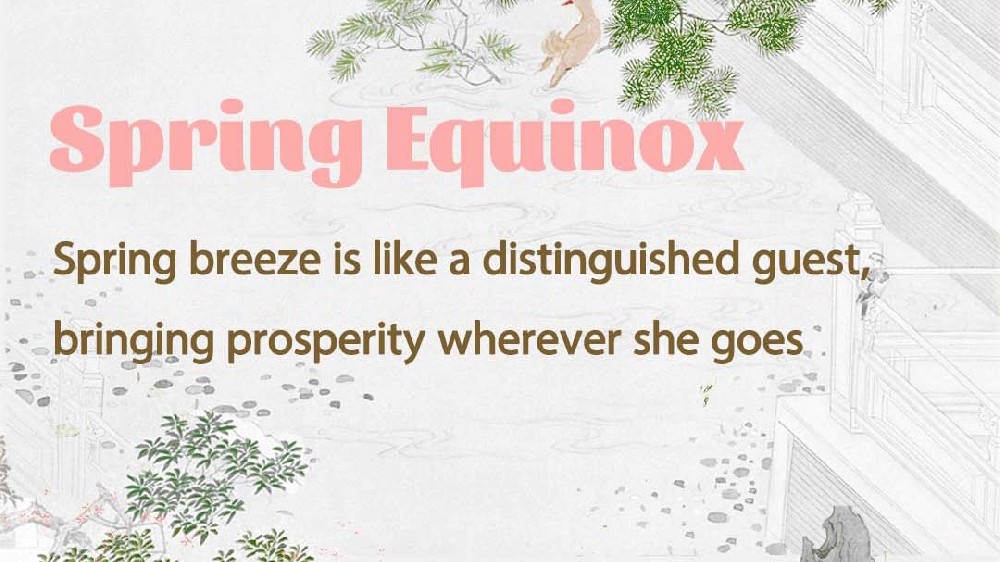The Longjing Tea: a Liquid Chronicle of Hangzhou’s Cultural Soul
In the mist-shrouded hills of Hangzhou, where the Qiantang River whispers tales of ancient empires, a single sip of West Lake Longjing tea unveils a millennium of Chinese philosophy, art, and natural wonder. Known as the Queen of Green Teas, this UNESCO-recognized cultural treasure is more than a beverage—it is a living epic of tradition, craft, and ecological harmony.

Chapter I: Roots in the Mist
The legend begins not with emperors but with a humble monk. During the Southern Dynasties (420–589 CE), the poet Xie Lingyun, exiled to Hangzhou, transplanted tea seeds from Mount Tiantai to the slopes of Fenghuangling. These seeds, nurtured by monastic care at the Lingyin and Tianzhu temples, birthed what would become Longjing tea.
By the Tang Dynasty (618–907), Lu Yu’s The Classic of Tea chronicled Hangzhou’s tea culture, cementing its status as a celestial elixir. But it was the Qing Dynasty’s Emperor Qianlong who elevated Longjing to mythic status. During his sixth southern tour in 1757, he visited Lion Peak’s eighteen ancient tea trees—said to have sprouted from a dragon’s remains—and proclaimed them "Imperial Tea." Today, these trees, though centuries old, still yield leaves that shimmer like jade under sunlight.
Chapter II: Nature’s Symphony
Longjing’s brilliance lies in its terroir. Nestled between West Lake, the Qiantang River, and the Xixi Wetlands, the region enjoys a microclimate where morning mists cloak tea terraces and mineral-rich soils—white sand and yellow loam—infuse leaves with a "sweet-savory" complexity.
As tea scholar Wang Jiabin notes, this "Golden Green Line" of latitude 30°N creates optimal conditions for amino acids and polyphenols, yielding a liquor that tastes of fresh chestnuts and orchids 4. Artists have long been drawn here. Su Shi (Su Dongpo), the Song Dynasty polymath, penned verses comparing tea-brewing to "siphoning moonlight through bamboo," while Ming Dynasty painter Wen Zhengming immortalized the ritual in Tea Tasting.
Even Zen masters found enlightenment here: Monk Biancai’s 14th-century pavilion, inscribed with calligraphy praising the tea’s "clear fragrance," remains a pilgrimage site.
Chapter III: The Alchemy of Craft
Harvesting Longjing is an act of reverence. Only buds plucked before the Qingming Festival (April 4–6) qualify as Mingqian tea, each handpicked by farmers who know that a single extra leaf can ruin the batch. The picking season lasts mere 15 days, demanding dawn-to-dusk labor
The true magic unfolds in woks heated to 200°C. Master tea makers wield ten ancient techniques—shaking, pressing, twisting—to transform leaves into flat, jade-green "sparrow’s tongue" shapes. This dance, preserved as a national intangible heritage, requires 36 hours of meticulous labor. "It’s not about speed," says 72-year-old Zhang Wei, a fourth-generation roaster. "Each movement listens to the tea’s soul."
Chapter IV: Tea as Cultural Diplomacy
In 2022, when Longjing’s production techniques joined UNESCO’s Representative List of Intangible Cultural Heritage, Hangzhou seized the moment. The West Lake Longjing Tea Museum now traces its journey from Tang Dynasty monasteries to G20 diplomatic gifts, while apps like "Tea Code" let global buyers scan QR codes to trace leaves back to specific farms.
Yet, tradition meets innovation here. During spring festivals, tourists sip matcha lattes in hip Hangzhou cafes while farmers stream live harvests on Douyin (TikTok). "We’re not just selling tea," says Li Mei, a millennial tea entrepreneur. "We’re selling a 1,200-year-old conversation between nature and humanity."
Epilogue: The Eternal Question
Visitors to Dragon Well spring still ponder its name—a fusion of folklore (a dragon’s spirit) and geography (its submarine springs). But as the moon rises over tea fields, one truth emerges: Longjing is China’s answer to the question, "What does heritage taste like?" It is bitter yet sweet, ancient yet eternal—a sip of Hangzhou’s soul.
West Lake Longjing Tea: Where every leaf is a stanza and every sip is a stanza’s echo.

